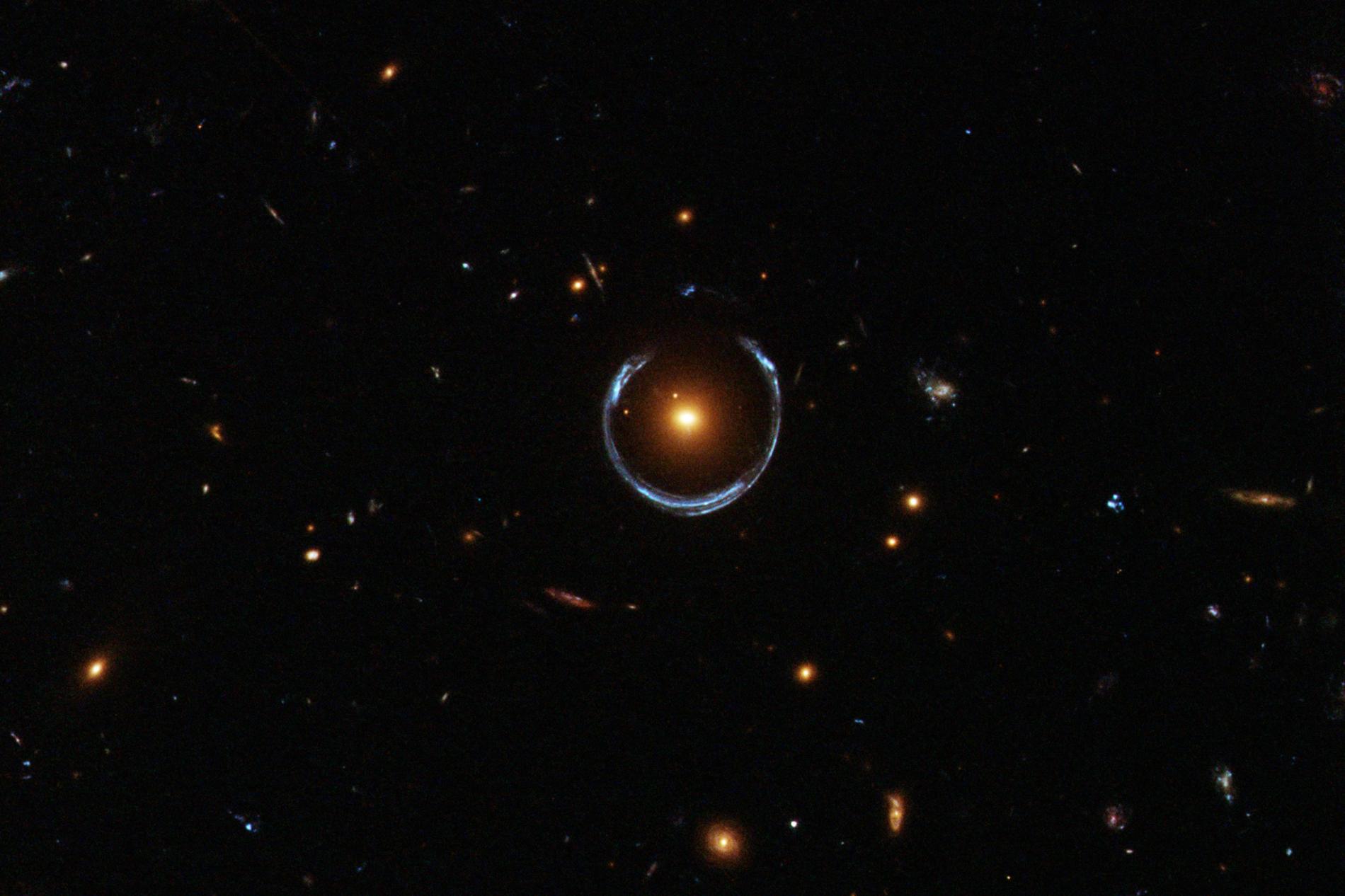Researchers using the Hubble Space Telescope have managed to calculate the mass of Stein 2051 B using Einstein’s theory of general relativity.
They relied on a phenomenon predicted by Einstein, occurring when Stein 2051 B eclipsed another more distant star and warped the light surrounding it. This resulted in the background star appearing to have changed its position, resulting in the event of gravitational microlensing.

Using gravity to measure a star’s mass
Stein 2051 B is a white dwarf star, located 18 light-years away from Earth. At first, astronomers could not decide on the star’s mass, which then required a more robust method for determining it. In 2009, the Hubble Space Telescope had its high-resolution camera installed, which could then serve to measure the minimal optical displacement that should result from Stein 2051 B warping the appearance of its background star.
The Hubble made eight measurements between 2013 and 2015, focusing on how the star moved in space. Eventually, the white dwarf eclipsed the other star, which was also under constant observation. After analyzing how the light warped around Stein 2051 B, they saw that it caused an optic displacement of 2 milliarcseconds, equivalent to the width of a quarter seen from 1,500 miles away.

The way Einstein predicted this phenomenon is by proposing that space is not solid nor void, but rather it is flexible and can be warped by a very massive object, and this would be the case of a very strong gravitational field. In this sense, massive objects such as stars and black holes would be able to create curves in space, allegorically represented by putting a bowling ball on a trampoline mat.
When objects, or even light, try to pass near the massive object, which would be either the bowling ball or Stein 2051 B, they would tend to go in favor of the gravitational field, creating a curve in their trajectory.
In the case of Stein 2051 B, the light that surrounded it coming from its background star appeared brighter, creating what astronomers classify as an “Einstein ring.”
Now that scientists know the mass of Stein 2051 B, they can wonder how it was formed, as white dwarfs can reveal a lot about themselves if researchers can determine their mass and radius. At first, Stein 2051 B was believed to be comprised out of iron, but for that to happen, the white dwarf would have to be much more massive in its earlier stages. This possibility was ruled out due to the star’s radius, suggesting that initially, the star was only slightly more massive than the sun.
The mass appeared to be 0.68 times the mass of our sun, and initially, it was a star 2.3 times more massive than our sun. Previous measurements estimated that it was 0.5 times the mass of our sun.
Astronomers can now be sure that the mass of white dwarfs can be associated with its radius, a theory that has been coincidentally used for years. Gravitational lensing will now be at the disposal of astronomers to analyze many other celestial bodies.
Source: Space
